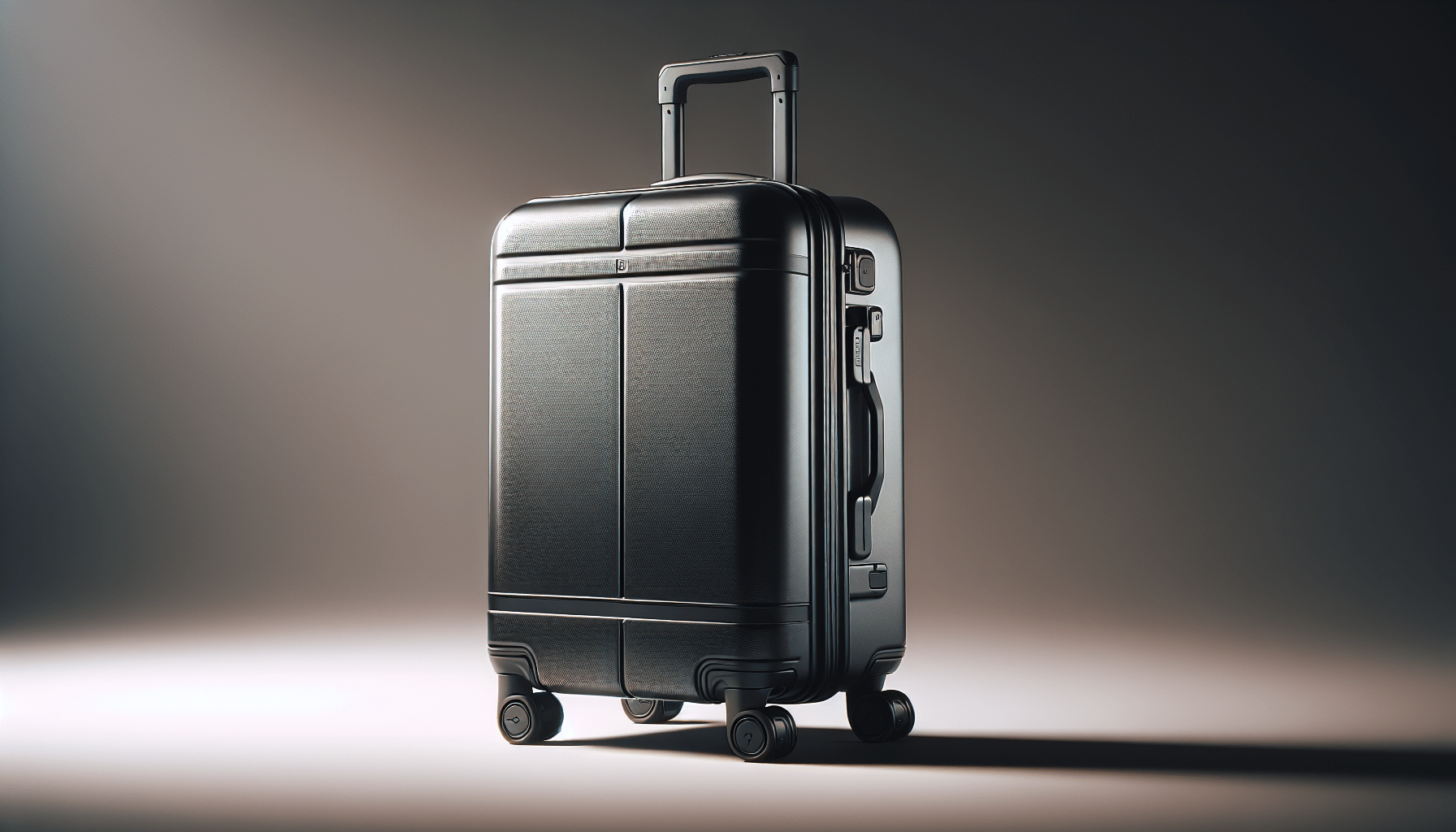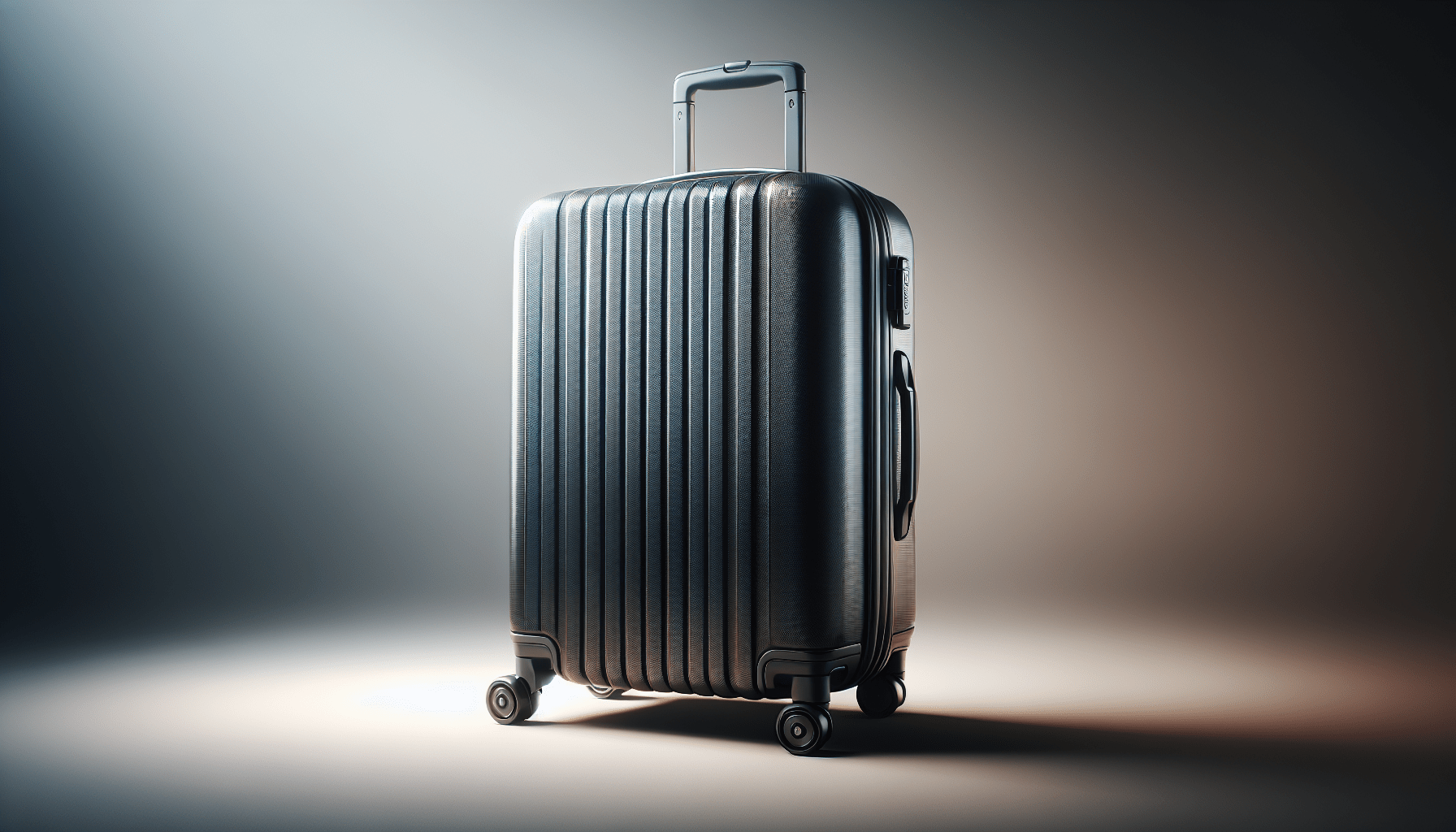EACHY Travel Makeup Bag,Large Capacity Cosmetic Bags for Women,Waterproof Portable Pouch Open Flat Toiletry Bag Make up Organizer with Divider and Handle
$20.39 (as of April 24, 2025 06:56 GMT +00:00 - More info)Ever been at the airport, anxiously wondering if your carry-on bag is going to fit the airline’s size restrictions? Understanding what you can and cannot bring aboard a flight in your carry-on luggage can feel like cracking a secret code. Once you’ve got a handle on it, though, it makes travel a whole lot less stressful.

Shop These Accessories for a Comfortable Trip
Overview of Carry-On Luggage
Carry-on luggage can sometimes be called other names such as hand luggage, cabin baggage, or a carry-on bag. Whatever you want to call it, the idea is the same: it’s designed to fit comfortably in the overhead compartments or under the seat in front of you on an airplane. The convenience of keeping your essentials close at hand with carry-on luggage means no more waiting around carousels for your bag, and no risk of it getting lost in transit.
Typical Dimensions
Knowing the dimensions of your carry-on is crucial because airlines are pretty strict about these. For domestic flights within the U.S., the classic dimensions are 22 x 14 x 9 inches, which is about 56 x 36 x 23 cm. When flying international, the standard dimensions are slightly different, often 21.5 x 15.5 x 9 inches, or 55 x 40 x 23 cm. These measurements typically include handles and wheels, so don’t forget to account for those.
Weight Limits
Weight limits for carry-ons can also vary between airlines. Generally, the carry-on can range from 15 to 22 pounds (7 to 10 kg). However, some airlines, like Delta, Southwest, and JetBlue, have no weight limits for domestic flights. Still, it wouldn’t hurt to check because the last thing you want is to be caught off guard at the gate.
General Rules
Every airline has its own specific rules when it comes to carry-on baggage. Here’s what you should generally keep in mind:
- Adhere to Airline-Specific Size and Weight Restrictions: Always double-check your airline’s specific restrictions because they can vary greatly.
- Personal Items: In addition to your carry-on bag, most airlines allow you one personal item. Think handbag, laptop bag, or a small backpack.
- 3-1-1 Rule for Liquids: This rule means you can carry liquids in 3.4-ounce or 100 ml containers, in a single 1-quart clear plastic zip-top bag, with one bag per passenger.
- Prohibited Items: Things like sharp objects, firearms, and other hazardous items are a no-go in your carry-on.
- Charged Electronic Devices: Ensure your electronic devices are charged as you might need to power them on during security checks.
Commonly Allowed Items
Knowing what you actually can bring onboard is just as important. Items commonly allowed in your carry-on include:
- Clothing: Pack enough to get you through a couple of days in case of baggage delays or losses.
- Personal Items: Things like toiletries (small containers under the 3-1-1 rule), makeup, and hairbrushes.
- Electronic Devices: Laptops, tablets, e-readers, headphones, and their chargers.
- Medications: Any necessary medicines, properly labeled.
- Solid Food Items: Snacks and food items that aren’t liquid-based.
- Travel Documents: Passport, boarding pass, and any other necessary travel documentation.
Prohibited Items
Every airline has a list of items that are absolutely prohibited from being in carry-on luggage. Here’s a quick rundown of typical no-nos to avoid:
- Sharp Objects: Items like knives and scissors.
- Flammable Items: Including fireworks and lighter fluid.
- Firearms and Ammunition: Although you might be able to check these items in under strict regulations, they cannot be in your carry-on bag.
- Explosive Substances: No surprises there.
Carry-On Sizes for Major Airlines
Here’s a handy table to break down the carry-on size rules for some of the major airlines:
| Airline | Carry-On Dimensions |
|---|---|
| American | 22 x 14 x 9 inches (56 x 36 x 23 cm) |
| Delta | 22 x 14 x 9 inches (56 x 36 x 23 cm) |
| United | 22 x 14 x 9 inches (56 x 36 x 23 cm) |
| JetBlue | 22 x 14 x 9 inches (56 x 36 x 23 cm) |
| Alaska | 22 x 14 x 9 inches (56 x 36 x 23 cm) |
| Southwest | 24 x 16 x 10 inches (61 x 41 x 25 cm) |
| Frontier | 24 x 16 x 10 inches (61 x 41 x 25 cm) |
| Spirit | 22 x 18 x 10 inches (56 x 46 x 25 cm) |
| British Airways | 22 x 18 x 10 inches (56 x 46 x 25 cm) |
| Air France | Slightly varied |
| Lufthansa | Slightly varied |
| Emirates | Slightly varied |
| Qatar Airways | Slightly varied |

Shop These Accessories for a Comfortable Trip
FAQs
Who doesn’t love a good FAQ section to tie everything up? Here are some frequently asked questions about carry-on luggage, just in case you have any lingering doubts.
What If My Carry-On Is Slightly Oversized?
If your carry-on luggage exceeds the airline’s size restrictions, you may need to check it, often incurring additional fees. To avoid any nasty surprises, measure your bag before you leave for the airport.
How Strict Are Airlines About Carry-On Sizes?
That depends — some airlines and airports enforce their size policies more strictly than others. Always playing it on the safe side is advisable to avoid stress.
Can I Bring Duty-Free Items in My Carry-On?
Yes, duty-free items purchased after security checks are generally allowed in your carry-on. Just remember to retain the receipts and keep the packaging as proof of purchase.
What Defines a Personal Item and Its Size?
The definition and size restrictions for a personal item can vary by airline. Typical personal items include handbags, laptop bags, or smaller backpacks that can fit underneath the seat in front of you.
How Do the Electronics Rules Work?
Make sure that all your electronic devices are charged before heading to the airport. Security personnel may request you to turn them on during checks. A dead battery could lead to complications, possibly even confiscation.
Summary
Packing for air travel can sometimes feel like playing a game of Tetris while following strict rules. Being armed with the right information about carry-on luggage dimensions, weight limits, and general rules can make your journey smoother and stress-free. Always keep in mind each airline’s specific policies, adhere to the 3-1-1 rule for liquids, know what’s allowed and what’s prohibited, and remember that each piece of luggage has its own set of guidelines.
By understanding the dos and don’ts of carry-on luggage, you’ll avoid delays, extra fees, and unnecessary stress, letting you focus on the joy and excitement of your trip. So next time you’re packing, you’ll have everything under control, from fitting your luggage in the overhead bin to passing through security like a pro. Safe travels!
Shop These Accessories for a Comfortable Trip






